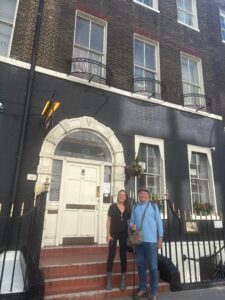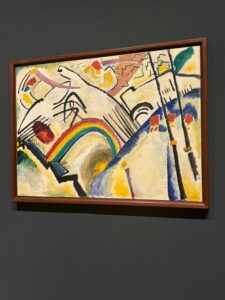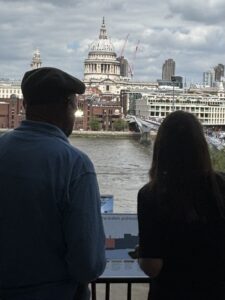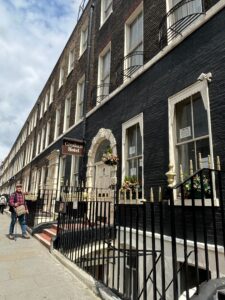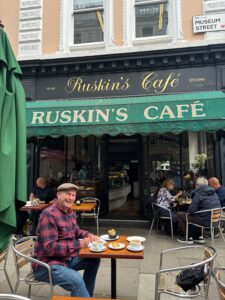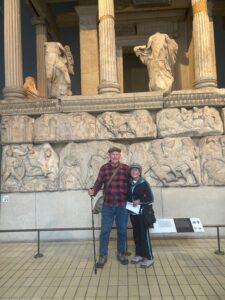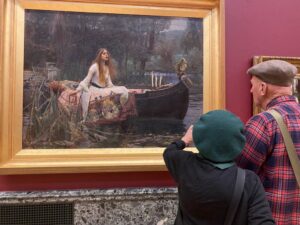
Bruges
Michael and I chose Bruges to spend a few days while we were overseas. We read that Burges is one of the most walkable friendly cities in the world and I have always longed to see it. It is announced as one of the most well-preserved medieval city in Europe and it is seen as a welcoming destination for travellers from all over the world.

Getting there


Elizabeth helped us get the travel details organised. She booked us seats on the Eurostar. We had to travel by train to St Pancreaes International Railway station and we caught the 7am Channel-tunnel train. It was very exciting. We were only just on time, as we needed to go through security as it was like flying and leaving the country.
The journey was great fun out of England 30 or so minutes by train under water and into France and Belgium . At Brussels we changed trains to a local train for and hour to Bruge and then Michael and I walked to our accommodation which we had planed.
We were in a fairy tale city. We found our booked apartment which was grander than we had expected and quickly enjoyed walking. . .and of course getting lost . We were lost a lot but I guess that is how one explores.


And when Elizabeth joined us two days later the fun really began with waffles and Belgium chocolate and beer and lots of walking , a ride on the canals and discovering lots of little corners of amazing stories like the Lovers bridge , the Beguines quiet world and many colourful experiences.










Elizabeth went off by herself to climb the The Belfry of Bruges. It soars high above the city’s medieval skyline to 83 metres. It’s now a veritable icon of the town – just look up and you’ll be able to see it from virtually all corners of the old centre. What’s more, its location on the main Market Square means it’s easy to get to on foot. Dating back to the 13th century, the mighty tower hides a winding spiral staircase of 366 steps. At its top, sweeping vistas of the town and the countryside beyond unfold. But there are other secrets within, like the old municipal treasury rooms and music rooms. Others will recognise the belfry from the 2008 hit flick In Bruges. A few steps further on you will see the impressive music drum that operates the carillon and the keyboard used by the city carilloneur to play the tower’s 47 carillon bells.
An amazing surprise to experience a new Michaelango sculpture. The Madonna of Bruges is a marble sculpture by Michelangelo of the Virgin and Child. Michelangelo’s depiction of the Madonna and Child differs significantly from earlier representations of the same subject, which tended to feature a pious Virgin smiling down on an infant held in her arms. In this scuplture the son is stepping away and the madonna is just still touching his arm allowing him to step forth.



It was special for Elizabeth and I to sit and ponder the mother and child.
Michael and I have experienced other Michaelangos and found them highlights and this experience was no exception.
We experienced La Pièta, in the Vatican,
We have seen Moses in the St Peters in Chains just out of Rome,
We have loved David in Florence
and now the Madonna and Child here in the Museun of the Chapel of Our Lady Bruges.
The ‘Beguinage Ten Wijngaarde’ with its white-coloured house fronts and tranquil convent garden was founded in 1245. This little piece of world heritage was once the home of the beguines, emancipated lay-women who nevertheless led a pious and celibate life. For centuries, the Bruges beguinage has been inhabited continuously. Today, some nuns from the Order of Saint Benedict and Order of Vincent de Paul live there, as well as single women from Bruges.


